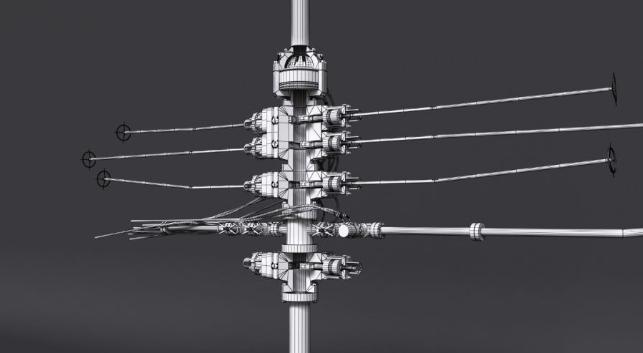In the fast-paced world of oil and gas exploration, safety and efficiency are paramount. Drilling operations, involving intricate machinery and complex procedures, require precision and deep understanding. One of the most effective tools to bridge the gap between theoretical knowledge and real-world application is animation.
Why Animation Matters in Drilling Training
Animations offer a dynamic and visual method to explain complex processes in a way that static diagrams and written manuals cannot. Here’s why it’s revolutionizing training in drilling and well control:
Simplifying Complexity
Drilling involves various processes like rotary drilling, mud circulation, and bit wear. Animations break these intricate processes into digestible visual sequences, making them easier to understand.
Enhancing Engagement
Watching a detailed animation of a blowout preventer (BOP) in action is far more engaging than reading about it. Visual learning helps trainees retain information longer.
Realistic Simulations
Animations provide a realistic simulation of potential well-control situations, such as kick detection and response. These simulations allow workers to visualize cause-and-effect scenarios without real-world risks.
Applications in Drilling and Well Control
Kick Detection and Management
Animations demonstrate how pressure differentials occur, how to detect an influx of formation fluid, and the steps to regain control.
Casing and Cementing Procedures
Detailed animations guide trainees through casing design, cementing jobs, and their significance in maintaining well integrity.
Blowout Preventer Functionality
Understanding the mechanics of a BOP stack can be challenging. Animations show how its various components function during an emergency.
The Future of Training
As drilling technology evolves, so do the challenges of training personnel. By leveraging 3D animations, VR, and AR, the industry is setting new benchmarks in education. Not only does this enhance safety and efficiency, but it also ensures operators are prepared for every eventuality.
Animations are not just educational tools; they are lifesaving innovations. They foster a culture of preparedness and precision, ensuring that every team member has the knowledge and confidence to act decisively.



